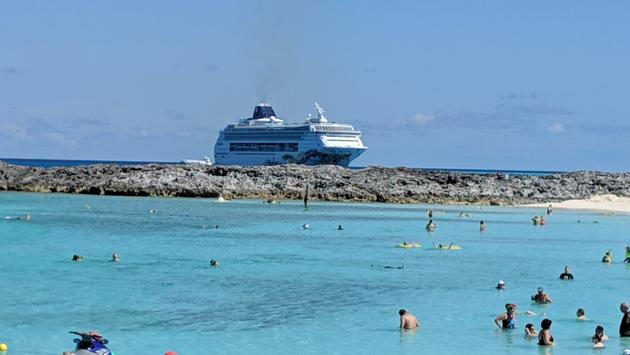Cruise Lines Must Meet These Requirements Before Boarding Passengers Again

Cruise lines, cruising fans and an entire industry cheered on Friday when the Centers for Disease Control announced it would let the no-sail order expire in exchange for a conditional, phased-return.
But before the champagne bottles can be popped, cruise lines will have to jump through a series of rigorous hoops to meet the CDC requirements before returning to the sea.
According to the CDC’s Conditional Sailing Order, cruise lines will need to pass through four phases before being able to resume passenger operations, including establish testing capabilities for crew and passengers both onshore and onboard; conduct “simulation” cruises with volunteer passengers to prove the cruise line’s ability to mitigate the risk of COVID-19 transmission onboard; complete a certification process; and start operating passenger cruises again, with numerous stipulations in place.

When the cruise lines have those in place, they will be able to sail with passengers onboard under the following circumstances:
– Cruise lines must inform all prospective passengers of the risks of cruising during COVID-19.
– Cruises must be limited to no more than seven days.
– Cruise lines must test all crew and passengers for COVID-19 on the day of embarkation and on the day of disembarkation. Results must be procured before either crew or passengers can board or depart the cruise.
– Any crew or passenger who reports symptoms must be immediately provided with rapid-result COVID-19 tests. Close contacts of those with symptoms must be tested as well.
– Cruise lines must report all test results to the CDC.
– Face masks and social distancing must be mandated on ships.
The CDC said its decision to allow companies to start conducting cruises again was based on several factors, including health and safety reports and a public comment period that drew 13,000 comments in 60 days – nearly 75 percent of them advocating for the return of cruising.
Given the potential to mitigate the obvious risks, as well as the proactive stance taken by the cruise industry itself in implementing extensive health and safety protocols, the CDC opted to proceed with a Conditional Sailing Order instead of allowing cruises to continue with no supervision and recommendations.
The wearing of masks by all passengers and crew onboard and during excursions whenever physical distancing cannot be maintained is mandatory, as is physical distancing in terminals, onboard ships, on private islands, and during shore excursions
Air management and ventilation strategies that increase fresh air onboard and, where feasible, using enhanced filters and other technologies to mitigate transmission risk, are required.
Each ship must have risk-based response plans tailored for each ship to manage medical needs, dedicated cabin capacity allocated for isolation and other medical procedures, and advance arrangements with private providers for shoreside quarantine, medical facilities, and transportation
And shore excursions will only be allowed based on the cruise operators’ prescribed protocols, and strict adherence will be required by all passengers—passengers will be denied reboarding if they don’t comply.
